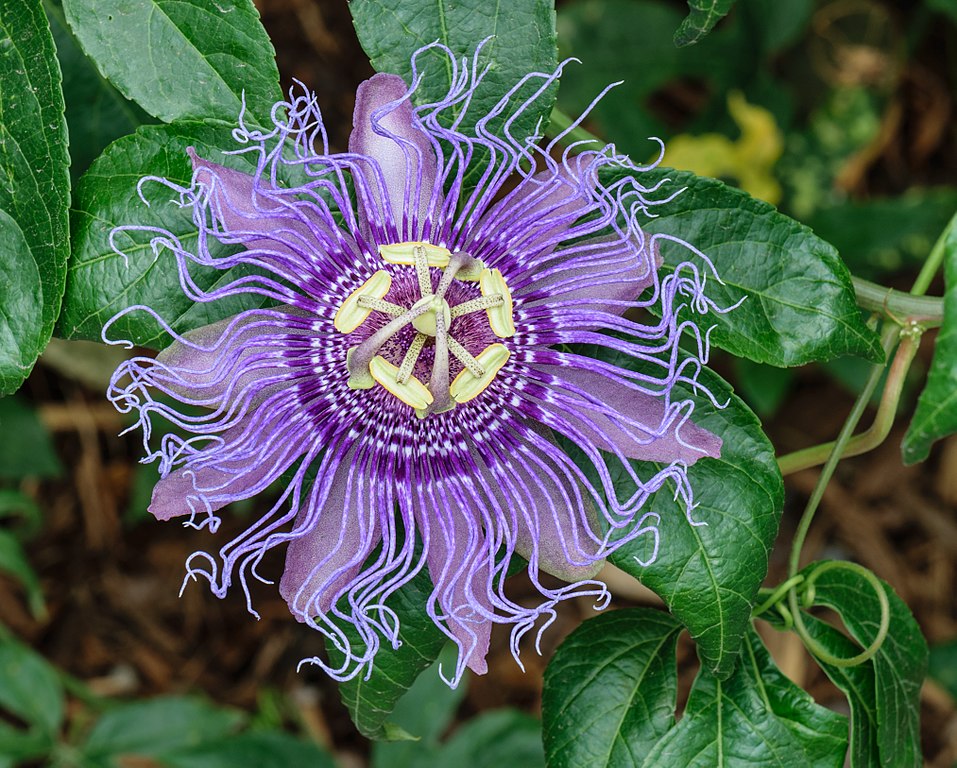
213 Madison Ave, Lakewood, NJ 08701-3316
732-367-0933


The Roman Catholic priests found these flowers in Latin America and named them Passiflora because they thought the parts of the flower represented Christ's "passion".
The ten large petals represent Christ's ten most faithful apostles. The fringe above the petals represent the crown of thorns placed on Christ's head. The five anthers are for the five wounds in Christ's body and the three stigmas are for the nails that were placed in his hands and feet when He was nailed to the cross.
Passiflora, known also as the passion flowers or passion vines, is a genus of about 550 species. Passion flowers produce regular and usually showy flowers (many that last only one day) which ripens into a fruit with numerous seeds.
P. incarnata leaves and roots have a long history of use among Native Americans in North America and were adapted by the European colonists. The fresh or dried leaves of this specie were used to make a tea for insomnia, hysteria, and epilepsy, and is also valued for its analgesic properties; usually with fewer short-term side effects. (Journal of Clinical Pharmacy and Therapeutics, 2001)